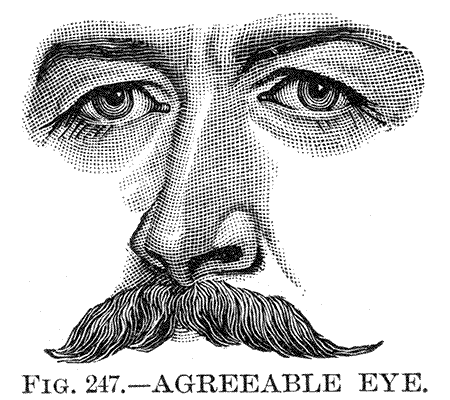The Printing Revolution
This is an abridgment – intended for the general reader – of Eisenstein’s longer monograph The Printing Press as an Agent of Change; it suffers from some of the faults of ‘popular’ history: no footnotes, inadequate references, and a certain condescension on the part of the author towards the reader. This requires a forgivingness and open-mindedness on the part of the reader that I don’t possess. As a result, I will suspend judgement until I read the complete work; what follows is a general summary of the two sections of the book.
Part 1: The Emergence of Print Culture
Eisenstein posits that the introduction of printing in western Europe created an explosion of intellectual activity that had profound consequences on the course of history. By ‘printing’ she means ‘a cluster of innovations (entailing the use of movable metal type, oil-based ink, wooden handpress, and so forth)’ (13), though it is not limited to these technological developments, but also to the mindset created by access to and use of these tools. This mindset, which she terms ‘print culture’, has six main features:
- wide dissemination: increased output that manuscript books couldn’t begin to meet (43).
- standardization: maps, charts, and diagrams ‘identical’ across copies; standardization of musical notation (53) and calligraphy (54).
- rationalizing, codifying, cataloging data: e.g. increased use of alphabetical order in catalogues; development of indexing, copy-editing (64–72).
- textual criticism: eliminating errors and ‘corruption’ from the text (73–8).
- fixity + cumulative change: the idea that print permanently records information, the quantity overcoming the vulnerability of the documents (78–88); also the development of standardized vernaculars as literary languages (80–2).
- amplification + reinforcement: increased use of stereotype and cliché (88–90).
Insufficient evidence in most cases to judge her case.
Part 2: Interaction with Other Developments
Discusses in greater detail the interaction (or interrelationship) between the ‘print revolution’ and the Renaissance, the Reformation, and the Scientific Revolution (each in a separate chapter). Relates the impact of features of print culture on these intellectual/spiritual developments. The chapter on the scientific revolution was the most thought-provoking.
Books & articles to add to reading list
Overall contains an interesting annotated bibliography, all of which are good sources to follow up; the ones below seemed the most immediately interesting to me.
- Harry Carter. A View of Early Typography up to about 1600. OUP, 1969.
- Rudolf Hirsch. Printing, Selling, and reading 1450 – 1550. Wiesbaden, 1967/1974.
- R. Altick. The English Common Reader. Chicago, 1963.
- Elizabeth Armstrong. Robert Estienne, Royal Printer. CUP, 1954.
- M. Lowry. The World of Aldus Manutius. Ithaca, 1979.
- P.F. McKenzie. ‘Printer of the Mind’. Studies in Bibliography 22 (1969): 1–75.
- George Painter. William Caxton: A Quincentenary Biography. London, 1976.
